Arrive on Maui and chances are your attention will be torn between the impossibly blue sea and the impossibly grand mountain that towers above it.
Christened “House of the Sun” by Hawaii’s earliest settlers, Haleakala claims a number of top titles, from the Valley Isle’s crowning jewel to the world’s largest dormant volcano.
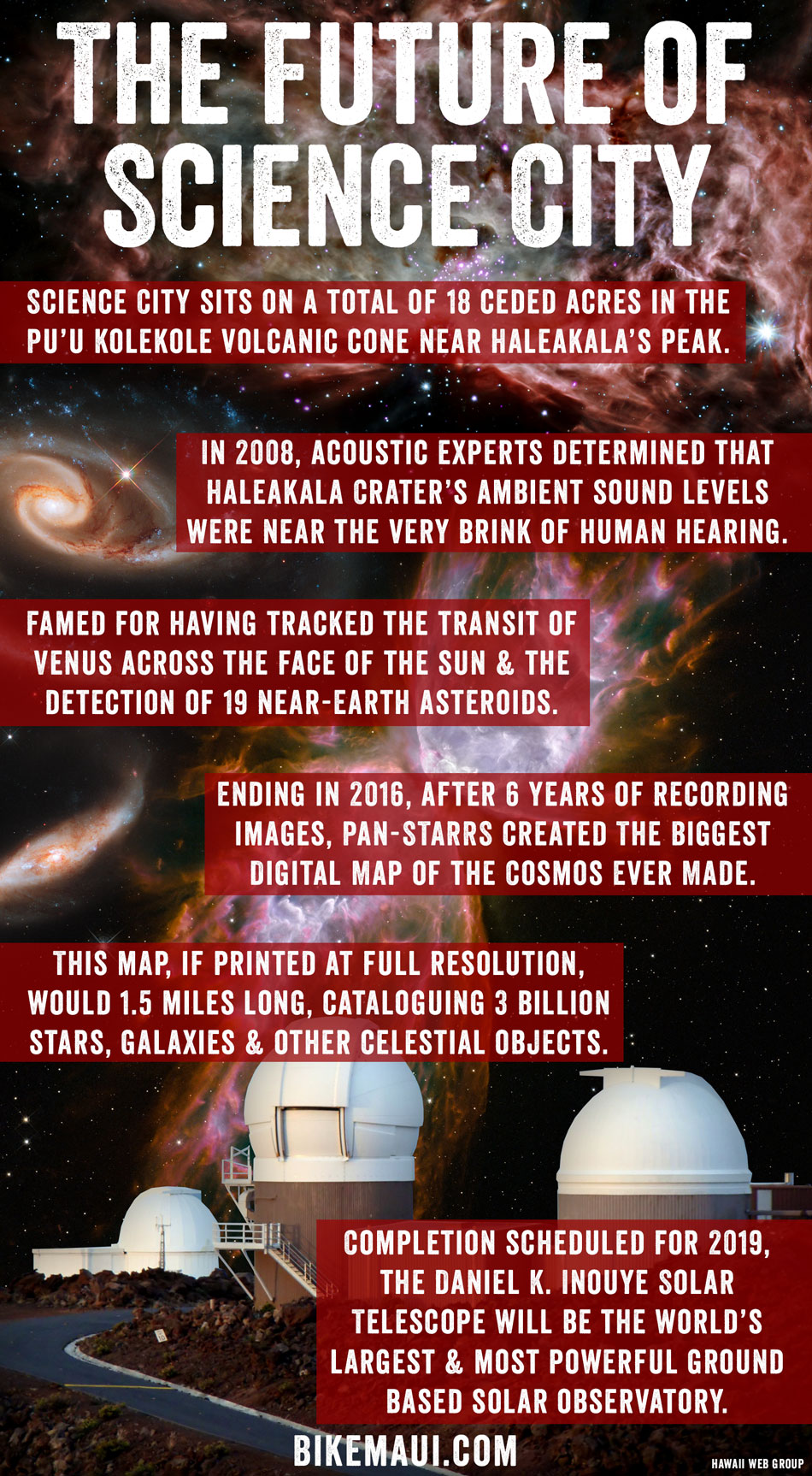
But Haleakala is far more than one of Maui’s leading attractions. Comprising three-quarters of the island, it’s also a sacred spot in Hawaiian culture—and one of the preeminent observatories on the planet.
A glance at its statistics explains the incredible allure it has for scientists.
Its crater floor—a vast depression large enough to house Manhattan Island—is so high, barren, and silent that, in 2008, acoustic experts determined that its ambient sound levels were near the very brink of human hearing. The ahinahina—or Haleakala silversword—thrives in the desolate landscape but is found nowhere else in the world; the largest nesting colony of Hawaiian petrels—called uau—flourishes in the alpine desert weather.
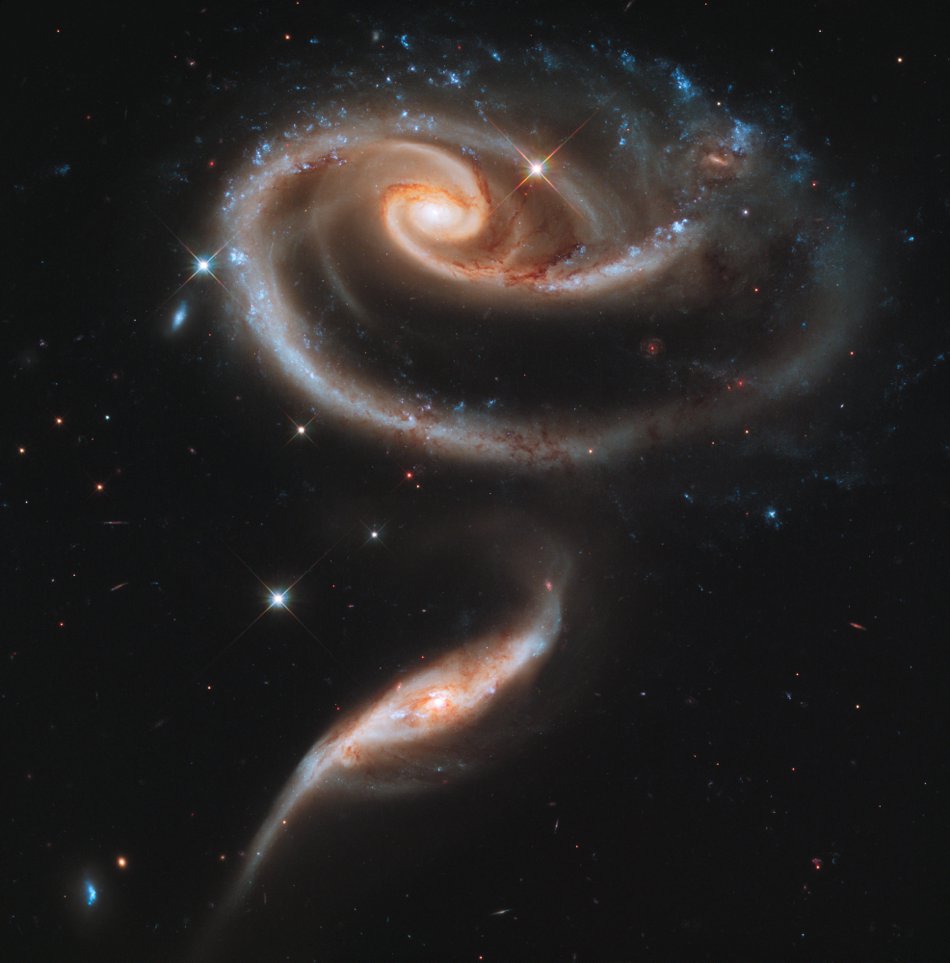
Haleakala also soars 10,023 feet above sea level, pushing its peak above one-third of the Earth’s atmosphere—a place where air is thin, light pollution is minimal, and stars appear close enough to touch. So close, in fact, that it’s deemed to have some of the foremost astronomical seeing conditions in the world.
Science City
Its present facilities, which comprise what’s called Science City—Mees Solar Observatory, Pan-STARRS, Faulkes Telescope North, the TLRS-4 Laser Ranging System, the Zodiacal Light Observatory, and the Maui Space Surveillance Complex—have seen a variety of achievements since the first telescope (used for satellite tracking) was completed in 1958. Chief among them? Tracking the transit of Venus across the face of the sun at Mees and the detection of 19 near-Earth asteroids, via Pan-STARRS, in 2011—the largest number of asteroids counted in a single night.

Consider it just the start of it all: The future of Science City is just as promising.
Cosmic Wikipedia at Pan-STARRS
The world received just a taste of Science City’s future in December of 2016, when astronomers at Pan-STARRS—or Panoramic Survey Telescope and Rapid Response System—released the results of a study that began six years earlier.

Then, the telescope—which is funded in part by the United States Air Force and measures 1.8-meters—began recording images of the night sky. Those photos—a half-million exposures that, if printed at full resolution, would be a mile and a half long—have become what’s been dubbed The Biggest Digital Map of the Cosmos Ever Made and the “Cosmic Wikipedia”: a collection of data that catalogues the colors, brightness, and positions of three billion unique stars, galaxies, and other celestial objects, including objects in the Kuiper Belt—the outer edge of the solar system that houses the “dwarf” planets of Pluto, Makemake, and Haumea (the latter is Hawaiian for “childbirth”). This year—2017—Pan-STARRS plans to produce a study on how these objects are shifting.
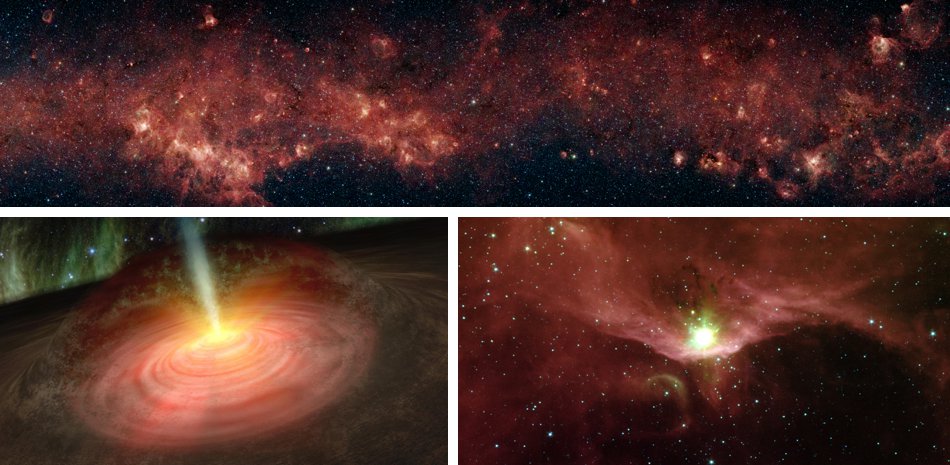
“This was an exercise in more than just curiosity,” the New York Times reports. The project—helmed in part by the University of Hawai’i—is to “discover moving objects like asteroids so that we can visit them and perhaps steer them away before they visit us, as well as discover supernovas”— massive, potentially catastrophic explosions in space that take place at the end of a star’s life—“and other rare violent events while they are still exploding.” This recording process has already enabled Pan-STARRS to identify a new comet—a non-periodic small Solar System body that’s believed to have originated in the Oort Cloud millions of years ago.
Daniel K. Inouye Solar Telescope
One of the most anticipated and controversial additions to Science City is the Daniel K. Inouye Solar Telescope. Formerly known as the Advanced Technology Solar Telescope (or ATST), the solar telescope is expected to be complete in 2019—and when it does, it will make history as the world’s largest and most powerful ground-based solar observatory.
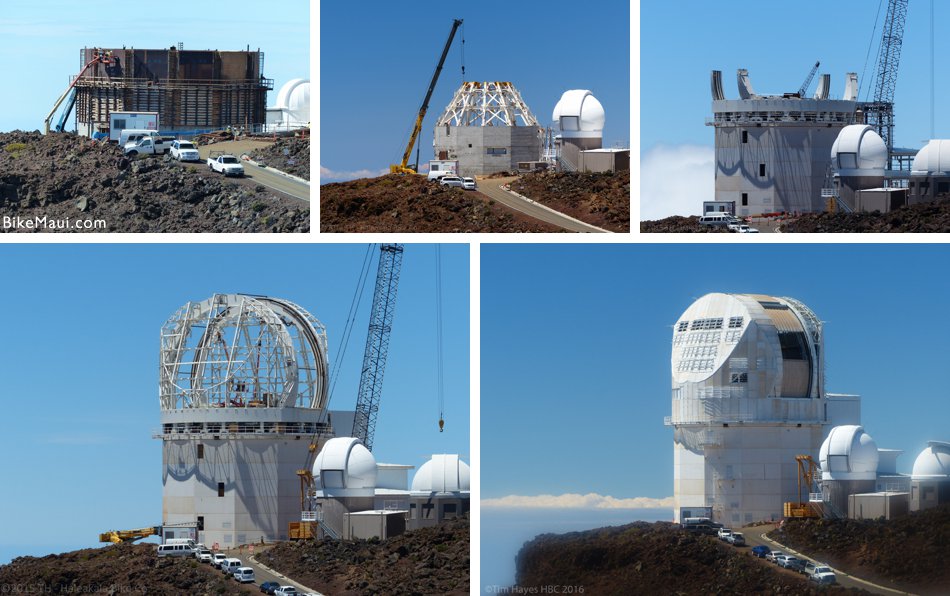
Named after the late US Senator for Hawaii Daniel K. Inouye—a notable proponent of scientific education and research—the immense, 41.5-meter-tall telescope will have a primary mirror (the chief light-gathering surface of a reflecting telescope) and an off-axis, clear aperture design—fashioned as such to increase viewing of the sun’s faint corona. The collaboration of 22 institutions, including NASA, the National Science Foundation, and the University of Hawai’i, the DKIST will have the ability to provide the clearest views ever recorded of the solar surface, including the power to discern characteristics down to 0.03 arc seconds (a sixtieth of a minute).
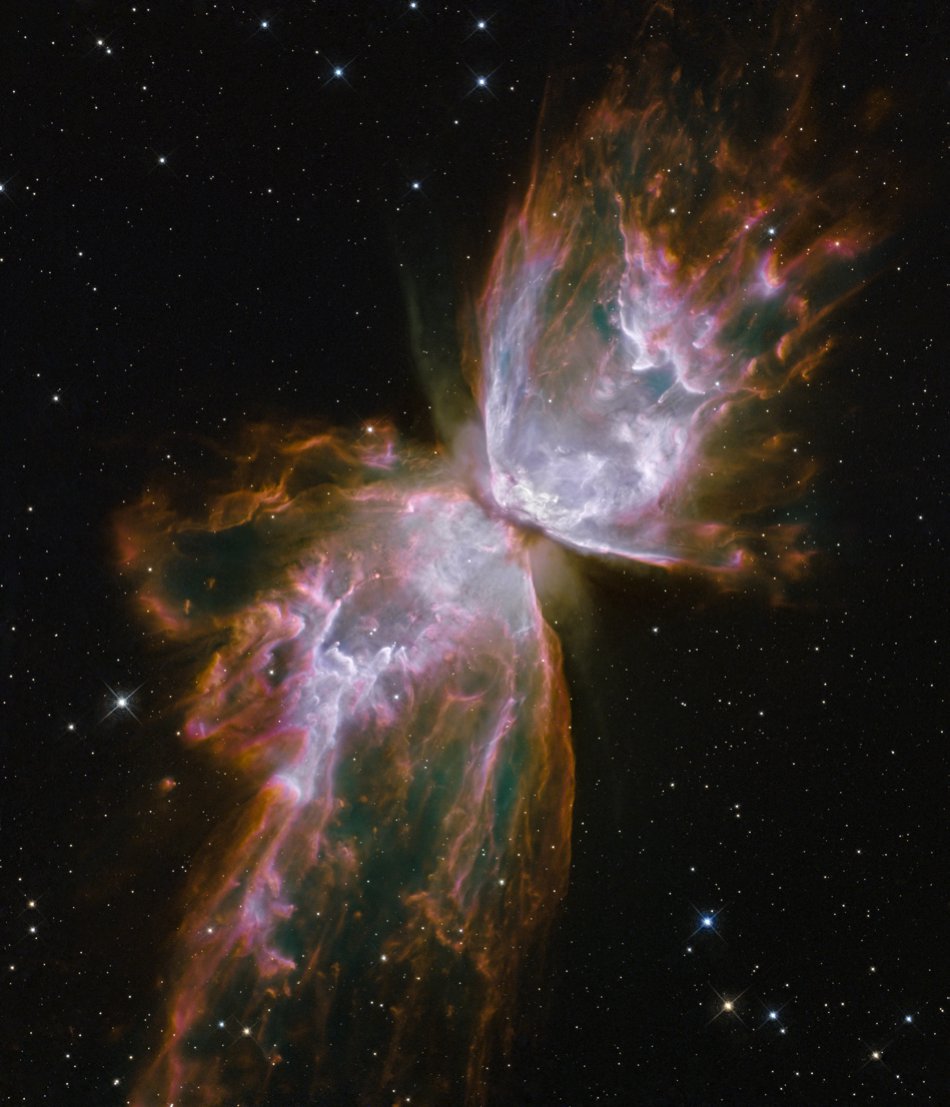
According to Hawaii Business and DKIST Director Thomas Rimmele, the telescope (whose opposition from cultural practitioners and native Hawaiians led to a Supreme Court ruling) “will have a direct impact on life on Earth. The telescope will study phenomena like the 11-year solar magnetic cycle, which affects global climate change, as well as study solar flares and coronal mass ejections, which can fry technology and knock out electrical grids.”
PLANETS Telescope
In 2016, the University of Hawai’i’s Institute for Astronomy unveiled its proposal to construct the PLANETS Telescope near the summit of Haleakala. Especially fabricated for low-scattered light and high-contrast nighttime observations, it would feature the world’s highest-contrast optical telescope. Its foundation? The renovation of an extant structure formerly used by the University of Chicago Neutron Monitor Station. Because the proposed project was conceived to fit inside the existing structure, it will reduce cultural and environmental impacts—two of the leading causes of the opposition against the DKIST. “According to the University of Hawai’i Institute of Astronomy,” Maui Now reports, “the proposed project would provide unprecedented scientific capabilities in the sciences of polarimetry and coronagraphy, and would have the potential to lead to discoveries in areas related to exoplanet detection, circumstellar environments, and extrasolar planetary atmospheres.” In other words, PLANETS would enable scientists to research the atmospheres of planets—around the sun and other stars.
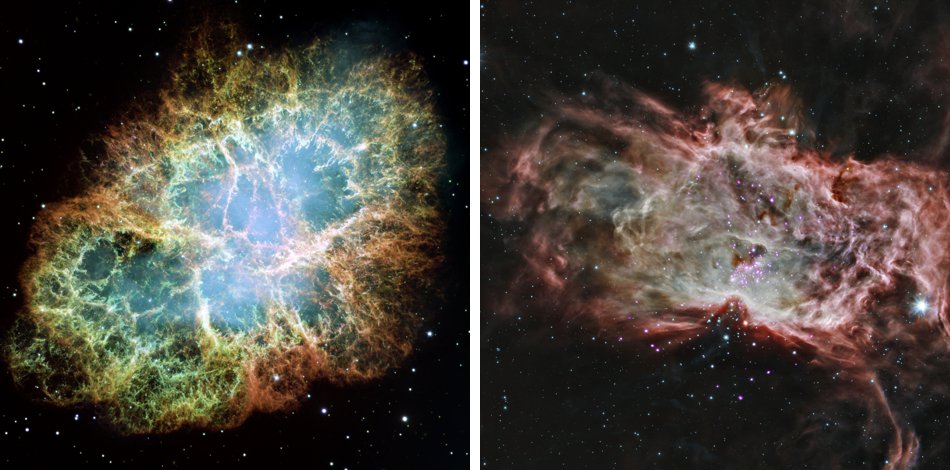
The Asteroid Terrestrial-Impact Last Alert System
The name of this proposed facility may sound daunting, but its applications will be hugely beneficial to Earth—and the human race.
The asteroid warning system, funded by NASA and otherwise known as ATLAS, will be erected at Haleakala’s High Altitude Observatory Site. There, a team of astronomers from the University of Hawai’i will, according to The Maui News, “observe the sky twice a night looking for faint objects moving through space. The system will be capable of providing a one-week warning for a 50-yard diameter asteroid, or ‘city killer,’ and three weeks for a 150-yard diameter ‘county killer.’” Considering the damage inflicted on Russia in 2013—when a shockwave from a meteoric explosion injured 1,200 people and damaged thousands of buildings—ATLAS will allow for evacuations and the safeguarding of infrastructures, while also creating alerts to the possibility of tsunamis due to ocean impacts. Its first two locations of Haleakala and Mauna Kea have been decided; together, with its international partners and the assistance of Pan-STARRS, it will constitute the largest astronomical digital camera on the planet.
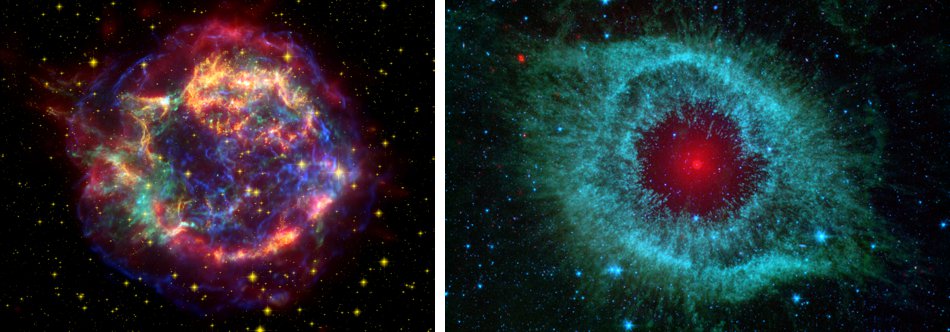
Meanwhile, Science City, which is a total of 18 ceded acres in the Pu’u Kolekole volcanic cone near Haleakala’s peak, will continue to provide vital astrophysical research to the world—having come a long way since Dr. C. E. Kenneth Mees, then the retired Vice President for Research at the Eastman Kodak Company, traded in his Kodak stock to build a small cinder block building with a sliding roof on Haleakala in 1956—a humble facility to house a camera that would track the sky. Indeed, the future of Science City, it seems, will underscore Jack London’s observation from 1911: that “Haleakala has a message of beauty and wonder for the soul that cannot be delivered by proxy.” It is, after all, just about as close as we can get to the heavens.
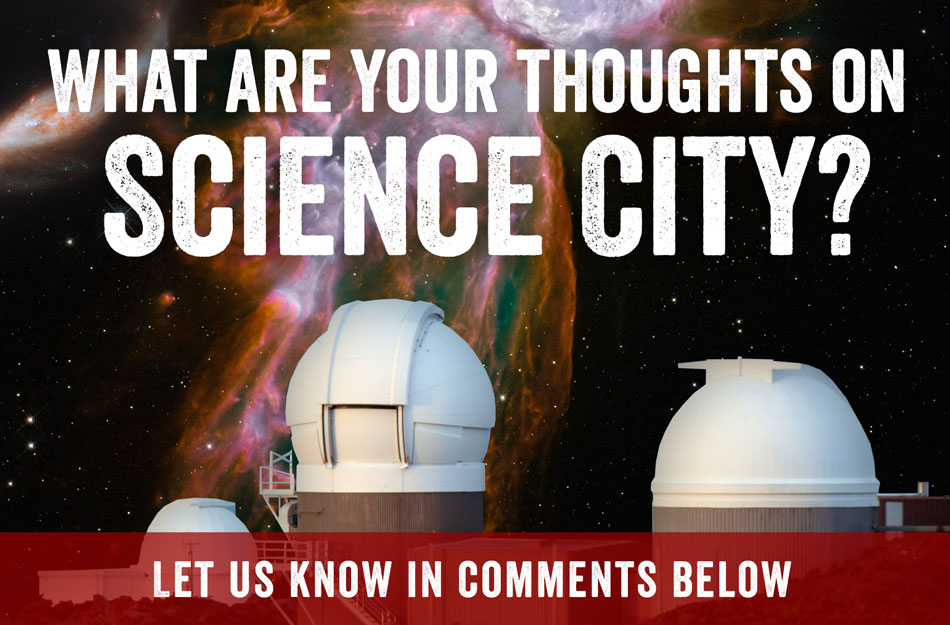
Most of the astronomical photos taken by NASA. Some of them are Hubble photos, others illustrations, and other NASA images.
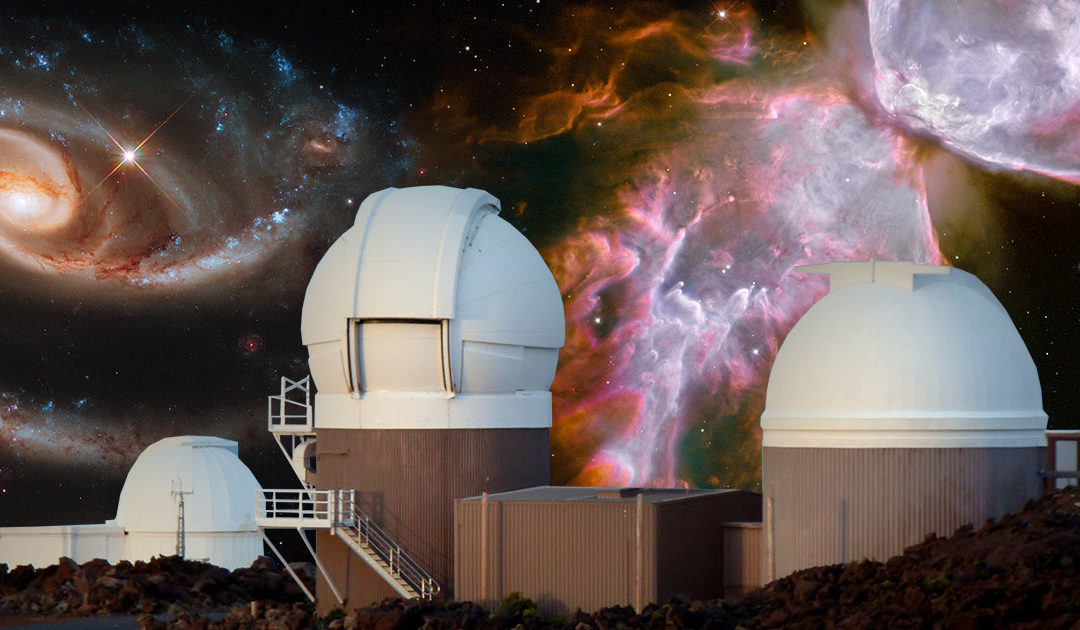



is it going to be open to the public?
Please add Sunset and Stargazing tours at Haleakala!
I worked there for three years, 1965-1968. Most of the research involved light sensitive equipment, so public access was limited. Always thought Haleakala highway would make a great hill climb rally, but the brakes usually gave out about halfway down the return trip-and the park service doesn’t appprove of speeders above the 9,000 foot level.